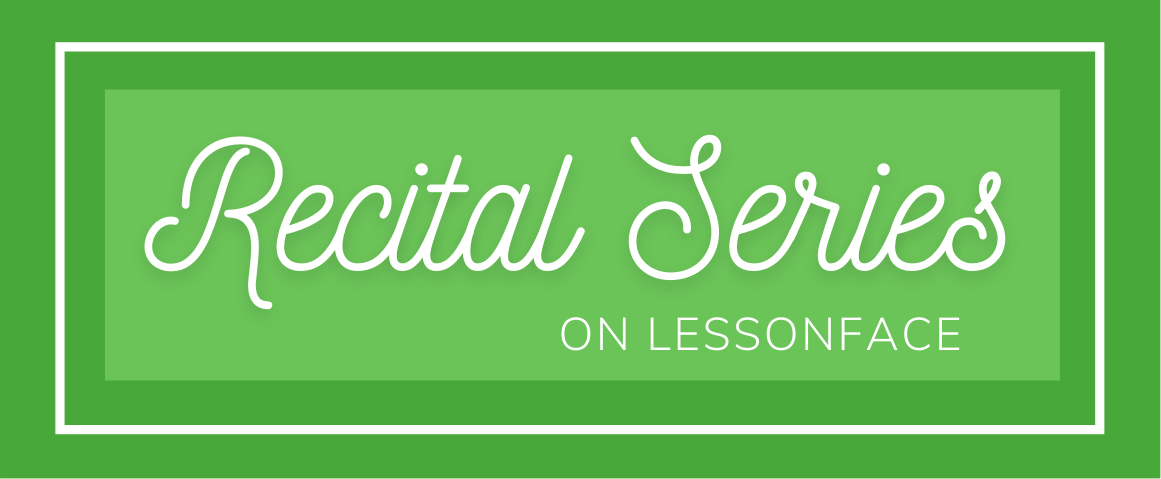Most flamenco guitar students outside Spain normally focus their studies entirely on playing solo material. Flamenco in Spain usually includes singing and dancing in addition to the guitar. However, flamenco singing and dancing can be hard to find outside of Spain, and not every guitarist has an interest in accompanying. Furthermore, flamenco guitar is exciting and accessible to all sorts of audiences even as a solo instrument.
Still, even if accompaniment isn’t part of a flamenco guitar students’ curriculum or future plans, they need to understand where their solo material comes from. A good flamenco guitar piece reflects an understanding of flamenco’s traditional structures, communication, and accompaniment. The more we understand these origins, the more complete and effective our solo playing is.
So, as a flamenco student outside of Spain who hasn’t had the opportunity to accompany singers and dancers, how can you play convincing pieces that stay true to flamenco's roots and evolution?
1. Learn a piece by another guitarist
This is the most obvious approach, and most similar to how you’ve probably learned music in other genres. If there’s a recorded solo that you love, you probably want to learn it exactly as you’ve heard it. If the recording is by a well-known guitarist from an album that has been out for a while, odds are someone has already transcribed it. Be aware that flamenco transcriptions online can be hit or miss. Music theory and ear training are not part of every flamenco guitarists’ training, and anyone can upload a tab. If you’d like to learn several pieces from a particular album, it’s probably worth the investment in a book of transcriptions. You can find many on affedis.com. I’ve found that transcriptions by Alain Faucher that are exceptionally accurate and reliable, but I’m sure there are plenty more transcriptions worthy of the investment.
2. Arrange your pieces ahead of time.
If you’re a beginning flamenco guitarist, you’ve probably learned compás (rhythm) and a few falsetas for a particular palo. You can put together a simple solo by opening with compás, playing your first falseta, playing one or two more compases, then your second falseta, and closing with compás. If you know some ways to vary the way you play the compás - for example, different rhythms, chord voicings, etc. - even better!
Players with a little more repertoire under their fingers can follow this general guideline for structure:
-
Intro - this could be a variation of compás/rhythm, a falseta played freely (without rhythm), or any falseta with an introductory mood
-
Compás - make it clear what palo you’re playing in with a few traditional compases. Introductions, especially libre ones, can be ambiguous, but by now it should be very clear from the rhythm and key whether you’re in Solea, Alegrias, Tarantas, etc.
-
Falseta - adapt your solo arrangement to feature whatever falseta(s) you enjoy playing the most lately
-
Compás - it’s a good idea to frame your falsetas within compás. It gives your ideas a clear start and finish, and gives both you and your listeners a moment to breathe.
-
More falsetas and compás - most solos feature a few different falsetas.
-
Build and close - flamenco pieces often end stronger and faster than they start. Some even change to a faster, related palo at the end. For example, solea can transition to bulerías, and tarantos to tangos. Even if you don’t choose to end faster, your solo should have ebbs and flows of intensity to keep it interesting.
3. Arrange your piece on the spot.
This approach takes a bit more experience to pull off well. It can add a fun, spontaneous energy to your playing. If you only know three falsetas in a particular palo, you won’t have a lot to choose from, but you can at least mix up the order and vary the ways you play compás. Arranging a piece on the spot is a great way to test your sense of rhythm and understanding of your falsetas. Try to follow the same general guidelines as before, and prioritize staying in compás. If you get lost or stuck, play a few compases to fill time while you figure out what’s next. Record your attempts at this improvisatory approach to get a sense of what works and what doesn’t. You’ll discover which falsetas work well as intros, and which are better suited for faster, more intense parts.
I personally use all three of these methods. If I’m playing for a quiet, attentive audience in a concert or show, I prefer to have good idea what I’m going to play. If I’m playing in more of a background music setting, I like the fun and flexibility of the third option.
If your plans are to play solo flamenco guitar for your own personal enjoyment, there’s really no one right approach. Use whatever works for you and is the most fun.
If you’re hoping to apply your knowledge to accompanying singers and dancers in the future, it’s important to learn to be flexible and spontaneous. When we’re accompanying, we have to react in the moment, elongating some parts and shortening others, all while keeping the compás.
How do you usually put together your solo flamenco material in practice? Do you enjoy learning transcriptions of recordings? Do you like to plan out your solo in advance, or do you have more fun if you keep things flexible and spontaneous?
Are you interested in accompanying flamenco singing or dancing? Or do you prefer flamenco guitar in a solo format?





I am 1/3 through a six week study with Leah here in Seville, Spain, and her observations and instructions, above, are “spot on” for the beginner, intermediate and professional. I have taken five years of classical guitar for personal growth. I felt that flamenco would enhance my repertoire. Leah’s guidance, corrections, and instruction have move me right along . This article really helps me in understanding and constructing my flamenco Solea Palo. It is superb reference material, to come back and read again, and again. She works hard at “breaking it down” for the beginner in flamenco guitar as illustrated in this excellent article.